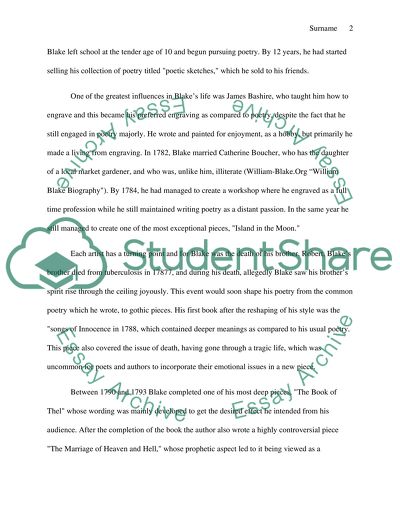Cite this document
(“The life, times, and major works of William Blake Research Paper”, n.d.)
The life, times, and major works of William Blake Research Paper. Retrieved from https://studentshare.org/literature/1642387-the-life-times-and-major-works-of-william-blake
The life, times, and major works of William Blake Research Paper. Retrieved from https://studentshare.org/literature/1642387-the-life-times-and-major-works-of-william-blake
(The Life, Times, and Major Works of William Blake Research Paper)
The Life, Times, and Major Works of William Blake Research Paper. https://studentshare.org/literature/1642387-the-life-times-and-major-works-of-william-blake.
The Life, Times, and Major Works of William Blake Research Paper. https://studentshare.org/literature/1642387-the-life-times-and-major-works-of-william-blake.
“The Life, Times, and Major Works of William Blake Research Paper”, n.d. https://studentshare.org/literature/1642387-the-life-times-and-major-works-of-william-blake.


